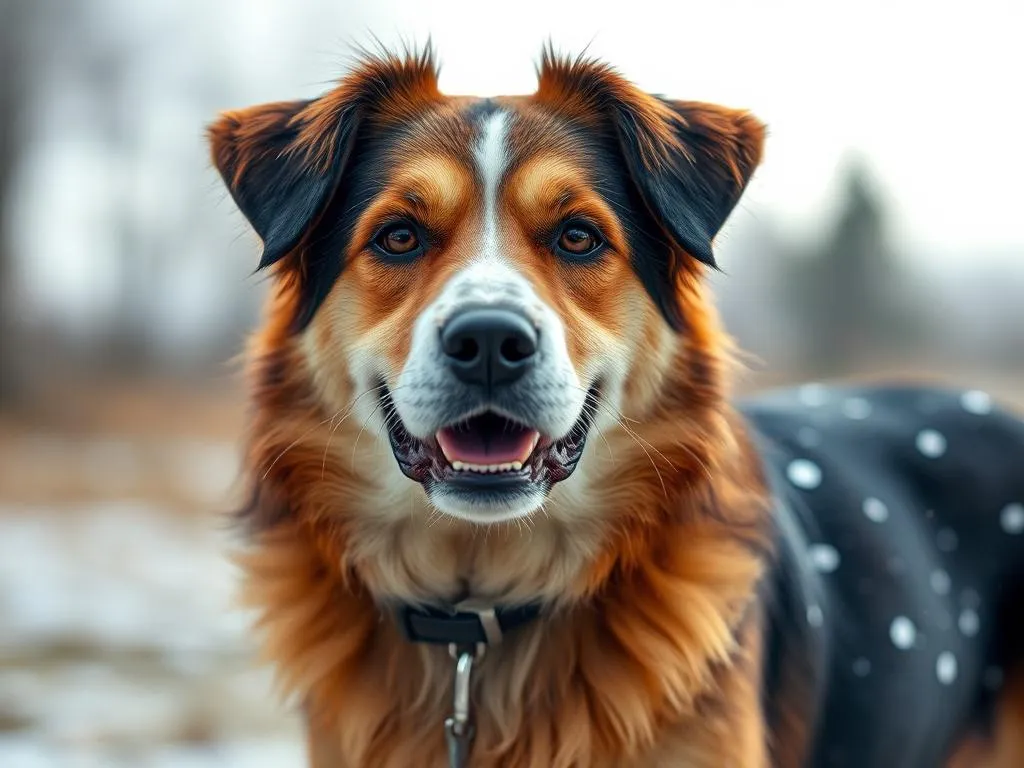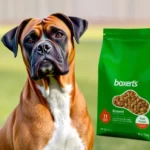
Introduction
Proper dog nutrition plays a vital role in maintaining your furry friend’s health and well-being. As temperatures soar during the summer months, dogs face unique challenges that can affect their overall nutritional needs. The heat can lead to dehydration, heatstroke, and a decrease in appetite, making it crucial to adjust their diet accordingly. This article will guide you on what to feed dogs in hot weather to keep them healthy, hydrated, and happy.
Understanding Dog Nutrition Basics
Nutritional Needs of Dogs
Understanding your dog’s nutritional needs is the first step towards providing a balanced diet. Dogs require a combination of macronutrients and micronutrients to thrive.
- Macronutrients:
- Proteins: Essential for muscle development and repair.
- Fats: Provide energy and support skin and coat health.
-
Carbohydrates: Offer a quick source of energy and aid in digestion.
-
Micronutrients:
Vitamins and minerals are vital for various bodily functions, including immune support and bone health.
Hydration and Its Importance
Hydration is crucial, especially in hot weather. Dogs should have constant access to clean, fresh water. The general recommendation is that dogs drink about 1 ounce of water per pound of body weight daily, but this can vary based on activity level and temperature.
Signs of Dehydration in Dogs
Keep an eye out for these signs of dehydration:
– Dry gums
– Lethargy
– Loss of skin elasticity
– Excessive panting
Impact of Hot Weather on Dogs
Physiological Changes in Dogs During Heat
Heat can significantly affect a dog’s physiological state. When temperatures rise, dogs may experience increased metabolism as their bodies work harder to maintain a normal temperature. This can elevate the risk of overheating and potentially lead to heatstroke.
Symptoms of Heat-Related Issues
Recognizing the symptoms of heat-related issues is essential for your dog’s health. Keep an eye out for:
– Excessive panting
– Lethargy
– Reduced appetite
– Vomiting
If you notice these symptoms, it’s crucial to act quickly.
Nutritional Strategies for Hot Weather
Adjusting Diets in Hot Weather
During hotter months, it’s essential to adjust your dog’s diet to include lighter meals that are easier to digest. Heavy meals can increase body temperature and contribute to discomfort. Incorporating fresh fruits and vegetables can enhance hydration and provide essential nutrients.
Best Food Choices for Summer
High-Water-Content Foods
Adding high-water-content foods to your dog’s diet can help keep them hydrated. Some excellent options include:
– Cucumbers: Low in calories and high in water content.
– Watermelon: Packed with vitamins A, B6, and C.
– Blueberries: Rich in antioxidants and great for snacks.
Protein Sources That Are Easy to Digest
Choose lean protein sources that are easier on the stomach, such as:
– Chicken: A great source of protein that can be boiled or grilled.
– Fish: Rich in Omega-3 fatty acids, beneficial for skin and coat health.
– Lean meats: Such as turkey or beef, which can be cooked without excessive fat.
Foods to Avoid in Hot Weather
Certain foods can exacerbate heat-related issues:
– Heavy, greasy foods: These can lead to digestive discomfort.
– Foods with high salt content: Excess salt can lead to dehydration.
Homemade Dog Food Recipes for Hot Weather
Benefits of Homemade Meals
Creating homemade meals allows you to control the ingredients and ensure they are suitable for hot weather. This approach can also help you cater to your dog’s specific dietary needs.
Simple Recipes
Here are a few easy recipes to keep your dog cool and nourished during the summer:
Watermelon and Yogurt Popsicles
- Ingredients:
- 1 cup watermelon, pureed
-
1 cup plain yogurt (unsweetened)
-
Instructions:
- Combine both ingredients in a bowl.
- Pour the mixture into ice cube trays.
- Freeze until solid.
Chicken and Vegetable Salad
- Ingredients:
- 1 cup cooked chicken, shredded
-
1 cup mixed vegetables (carrots, peas, and green beans)
-
Instructions:
- Mix the cooked chicken with the vegetables.
- Serve fresh or slightly chilled.
Fish and Sweet Potato Mash
- Ingredients:
- 1 cup cooked fish (like salmon or tilapia)
-
1 cup mashed sweet potato
-
Instructions:
- Combine the fish and mashed sweet potato.
- Serve warm or at room temperature.
Commercial Dog Food Options
What to Look for in Store-Bought Options
When selecting commercial dog food, prioritize quality ingredients. Look for:
– Whole meats as the first ingredient.
– Limited fillers and artificial additives.
– A proper balance of protein, fats, and carbohydrates.
Recommended Brands for Hot Weather
Some brands specialize in formulations suitable for hot weather. Look for those that offer:
– High-water content options.
– Lighter, easy-to-digest formulas.
Supplements for Hot Weather Nutrition
Importance of Supplements
Supplements can play a crucial role in ensuring your dog receives all the necessary nutrients during hot weather. They can also help combat the effects of heat and support overall health.
Recommended Supplements
Consider adding the following supplements to your dog’s diet during the summer months:
– Electrolyte supplements: Help replenish lost minerals due to heat.
– Omega-3 fatty acids: Support skin and coat health, especially in hot and dry conditions.
Tips for Keeping Dogs Cool and Hydrated
Providing Fresh Water
Always ensure your dog has constant access to fresh water, particularly during hot days. Consider using a pet water fountain to encourage drinking.
Cooling Techniques
Implement various cooling techniques to help your dog stay comfortable:
– Cooling mats and vests: These products can help lower body temperature.
– Creating shaded areas: If your dog spends time outside, ensure there are shaded areas available.
Signs of Overheating and What to Do
Recognizing the signs of overheating is crucial. If your dog shows symptoms like excessive panting or lethargy:
1. Move them to a cooler area.
2. Offer fresh water.
3. Consult a veterinarian if symptoms persist or worsen.
Conclusion
As we prioritize what to feed dogs in hot weather, it becomes clear that making thoughtful adjustments to your dog’s diet can significantly impact their health and comfort. By focusing on hydration, lighter meals, and high-water-content foods, you can help your furry friend navigate the summer heat with ease. Always keep an eye on their hydration levels and be proactive in recognizing signs of heat-related issues.
FAQs About Dog Nutrition in Hot Weather
What are the best fruits for dogs in hot weather?
Fruits like watermelon, blueberries, and cucumbers are excellent choices due to their high water content and nutritional benefits.
How can I tell if my dog is dehydrated?
Signs of dehydration include dry gums, lethargy, and loss of skin elasticity. Always monitor their water intake, especially in hot weather.
Is it safe to give my dog ice cubes?
Yes, most dogs enjoy chewing on ice cubes, but ensure they are not overly cold, as it could lead to stomach upset.
Should I feed my dog more frequently in hot weather?
It may be beneficial to offer smaller, more frequent meals during hot weather to avoid digestive discomfort.
Can I give my dog human food in the summer?
Yes, but ensure the food is safe and nutritious, avoiding any harmful ingredients like chocolate, onions, or grapes.
By understanding these aspects of dog nutrition in hot weather, you can ensure your pet stays healthy and happy throughout the summer months.









